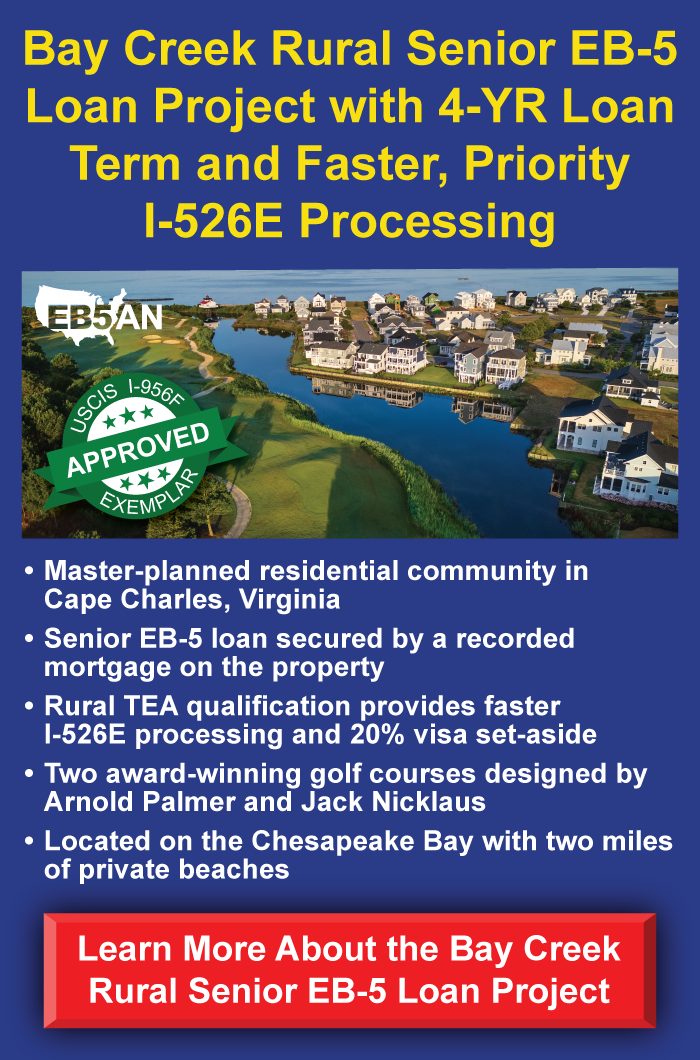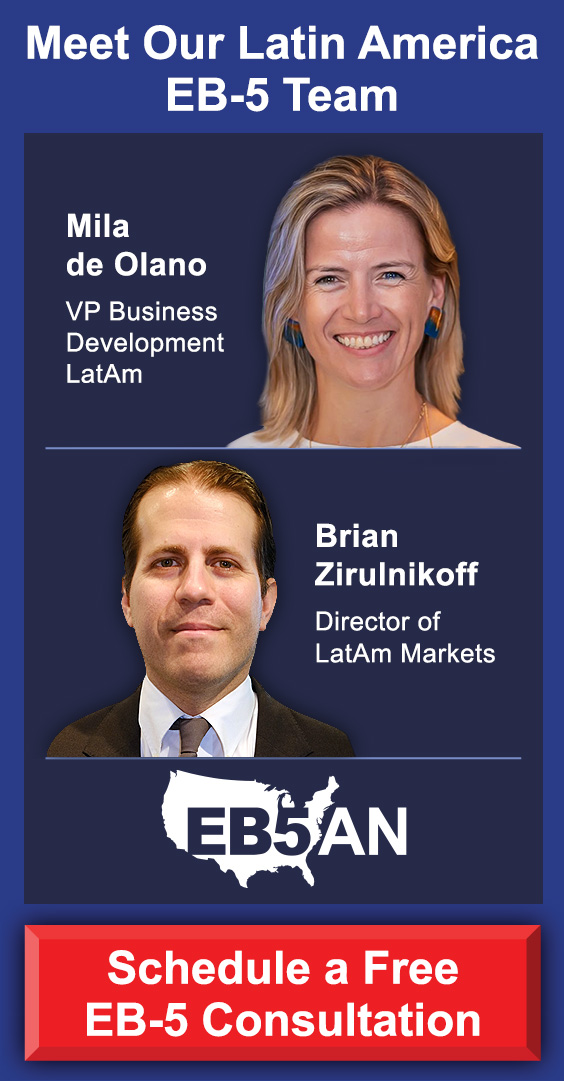“This is, without a doubt, the biggest trade policy shock, I think, in history,” stated the editor-in-chief of The Economist in an April 2025 interview discussing the Trump administration’s sweeping tariffs.
Indeed, President Trump has thrown the global economy into a state of uncertainty by establishing “reciprocal” duties on 57 countries. As of May 12, 2025, the United States has imposed a 10% tariff on all imported goods and 25% tariffs on steel, aluminum, and auto imports. Some Chinese products face tariffs as high as 145% (a 90-day trade truce cut this rate down to 30% on May 12).
Few industries have been more affected than U.S. real estate development. The various tariffs on key importers of construction materials have led to a sharp increase in prices—something developers had not foreseen prior to the second Trump administration.
Real estate deals that were underwritten before President Trump’s tariffs now face unprecedentedly high construction costs. In some cases, developers may may be unable to complete projects under their planned budget.
This situation affects you directly as an EB-5 investor. Unless you invest in an EB-5 project that has proactively locked in its construction costs, your invested funds could be at a high risk. And if you invest in an EB-5 project that fails financially, you might lose every cent of your investment. You could similarly fail to qualify for U.S. Green Cards if the project fails to create enough construction spending and therefore enough jobs.
Conversely, the highest-quality EB-5 projects are “tariff-proof,” reflecting their developers’ expertise in risk mitigation.
In this post, we review the risks that the current tariff wars create for EB-5 projects and how developers can act to reduce these risks. We then explore how EB5AN’s Terra Ceia urban EB-5 project has taken steps to “lock in” its construction budget despite tariffs, protecting its EB-5 investors’ financial interests.
Rising Construction Material Costs Impact Real Estate Projects
Rising Construction Costs Under President Trump’s Tariff PolicyHow Developers Can “Tariff-Proof” Their Projects
EB5AN’s Terra Ceia: A “Tariff-Proof” EB-5 Project Developed by The Kolter Group
Protect Your EB-5 Funds—Invest in a “Tariff-Proof” Project
Rising Construction Material Costs Impact Real Estate Projects
Even a modest rise in construction costs can put financial strain on an EB-5 real estate project.
With steel and concrete often accounting for 40%–60% of direct construction outlays, even small swings in commodity prices feed straight into the bottom line.
Most developers carry no more than a 5% buffer for market shifts. When material or labor prices edge up, total costs push past the hard cap, leaving developers scrambling to cut scope, delay purchases, or inject fresh equity.
If actual costs exceed the budget agreed upon with the lender, the project becomes unfinanceable. Specifically, loan documents tie disbursements to a fixed cost schedule, and when the developer asks for draws beyond that schedule, the lender either halts payments or demands extra equity. Without that cash, contractors stand down and the site goes idle. In many such cases, the deal fails before construction ever starts.
Cost overruns also slash profit margins. A 2%–3% overspend on a project aiming for a 10% profit margin can wipe out returns entirely. On-site delays and interest on the extra drawdown add further drag. What began as a viable internal rate of return can suddenly slip into negative territory, making the investment unprofitable for both equity and debt partners.
Overruns delay completion, too. Changed orders and reworked bids force teams to renegotiate schedules and postpone critical tasks. Additionally, subcontractors won’t order materials until budget approval clears, so the various stages of construction can come to a halt. Every week of delay racks up overhead and carries costs, and pushing the delivery past the market window can cost more in lost revenue than the original overrun.
The Trump administration’s tariff wars have led to the real estate industry experiencing these very challenges.
Rising Construction Costs Under President Trump’s Tariff Policy
On February 11, 2025, the Trump administration reinstated a full 25% tariff on steel imports and elevated aluminum duties to 25% under Section 232 of the Trade Expansion Act of 1962, closing previous exemptions for key partners such as Canada and the EU.
Steel imports accounted for 23% of U.S. consumption in 2024, and aluminum imports made up 44%, with nearly half of that metal destined for construction applications. Since the construction sector consumes about 47% of all domestically used steel, developers at the pre-construction stage must recalculate structural steel budgets, pipe and beam estimates, and roofing metal allowances to factor in these steep duties.
Import‐price data from the U.S. International Trade Commission reveals that, on average from 2018 to 2021, every percentage point of imposed tariffs translated into roughly a one‐percentage‐point rise in import price. Section 232 actions cut steel imports by 24% and pushed U.S. steel prices up 2.4%, while aluminum imports fell 31% and domestic aluminum prices rose 1.6%. Industries that rely heavily on these metals—particularly foundations, framing, and facade systems—experienced a 0.2% uptick in input costs and a 0.6% drop in output, costing downstream manufacturers approximately $3.5 billion in lost production in 2021 alone.
Builders surveyed in April 2025 by the NAHB/Wells Fargo Housing Market Index estimated that the net effect of these recent tariff measures has already added an average of $10,900 to the cost of each new single‐family home.
Concurrently, the price index for building materials surged 34% from December 2020 through early 2025—more than double core inflation—forcing early‐stage developers to boost hard‐cost contingencies and reassess unit yield assumptions. Many have reported supplier‐driven price‐lock demands and have shifted allowance thresholds for fasteners, connectors, and specialty metals, driving project teams to adopt more conservative cost buffers during land‐entitlement budgeting.
Lumber markets have felt similar pressure. Canada supplies about 85% of U.S. softwood lumber imports, representing nearly one‐quarter of domestic framing materials. The Commerce Department, meanwhile, has increased the tariff on Canadian softwood lumber to 34.5%. Capital Economics calculates that a 25% tariff on foreign lumber alone could tack on roughly $5,500 to the cost of constructing an average single-family home, directly inflating framing, sheathing, and millwork line items in developers’ pro formas.
Beyond metals and lumber, Section 301 tariffs on a broad swath of Chinese goods impose additional markups on items such as windows, doors, plumbing fixtures, and kitchen appliances. Although these duties reduced Chinese imports by about 13% and lifted U.S. prices by a modest 0.2%, the cumulative effect on a mid-rise apartment block or large-scale mixed-use project can amount to tens of thousands of dollars in extra spend for mechanical, electrical, and plumping systems and envelope components.
Early procurement pricing must incorporate these line‐item surcharges to prevent last‐minute budget shortfalls.
Furthermore, tariff‐driven uncertainty has exacerbated supply-chain delays. The American Institute of Steel Construction reports that 73% of member firms halted bidding on projects beyond Q3 2025 due to price volatility, and rebar deliveries now take an average of six months from the time they are ordered to when they arrive on site.
At the same time, an analysis by Associated Builders and Contractors found that construction input prices rose at a 9.7% annualized rate through Q1 2025, with steel, copper, and lumber cited as the principal drivers.
Financial stakeholders have adjusted underwriting criteria in response. According to recent reports, many lenders now require 10%–15% contingency reserves on construction loans, up from historical norms of 5%–10%. Equity contribution thresholds have climbed to as much as 35% of total project costs, and risk‐spread add‐ons of 75–100 basis points are becoming common to offset input‐cost uncertainty.
For a $20 million development, these measures can add $1.2 million in liquidity requirements and increase annual debt service by roughly $400,000.
How Developers Can “Tariff-Proof” Their Projects
Due these challenges, many builders are pre-purchasing and stockpiling key materials. Procurement strategies—such as preordering steel shapes, locking in lumber contracts, and substituting high‐tariff components with domestic alternatives—can mitigate some risks but introduce inventory-carrying charges and tie up capital.
It is important to note that large, well-established developers with a long track record of success are more likely to overcome tariff constraints in today’s volatile construction industry. Smaller developers, lacking scale or credit lines, often face steeper financing costs and may pass $7,500 to $10,000 per unit in additional charges to buyers, affecting absorption pacing and pre‐sale pricing strategies.
EB5AN’s Terra Ceia: A “Tariff-Proof” EB-5 Project Developed by the Kolter Group
EB5AN is sponsoring Terra Ceia Multifamily, a 276-unit, market-rate, and features surface parking rental community in Palmetto, Florida.
The Terra Ceia EB-5 project is positioned in a high-growth corridor backed by Manatee County’s record $2.9 billion infrastructure and community budget. Population within three miles of the site is projected to climb 77% by 2028.
Terra Ceia is being developed by The Kolter Group, one of the leading developers in the Southeast, and Greystar—a global leader in multifamily property management—will handle day-to-day operations.
Kolter is an experienced developer that has completed over 100 residential projects and delivered over 27,000 units. Kolter has worked with EB5AN on over 20 prior EB-5 projects, and all EB-5 investments in Kolter projects are either in good standing or have been repaid.
In its entire history since 1997, Kolter has never failed to complete a project or repay a loan through its rigorous underwriting and risk mitigation.
For Terra Ceia, Kolter has taken concrete steps to mitigate the effect of rising construction costs.
Kolter has reduced its exposure to tariffs and material-cost escalation by prioritizing American-made products and locking in a bulk lumber purchase in Tampa Bay during Q1 2024—generating roughly $500,000 in savings versus today’s rates. Although a handful of fixtures and appliance components from China have seen modest price bumps of 3%–5%, the bulk of material buyouts will wrap up within the first three months of the contract. As a result, tariff exposure and supply-chain disruption risk remain minimal, with no expected impact on either the project’s costs or schedule.
By sourcing domestically manufactured materials, Kolter avoids relying on international tariff schedules and avoids the added duties that hit imports. American producers in turn offer greater transparency in pricing and delivery timelines, so locking in orders early translates into predictable costs. This stability lets project managers set firm budget lines and reduces the need for large contingency reserves—funds that might otherwise sit idle or be tapped if import duties spike unexpectedly.
Similarly, the bulk lumber buyout secured at early-2024 pricing creates a protection against future market swings. Lumber prices are notoriously cyclical, and buying in volume not only captured a lower price point but also strengthened Kolter’s negotiating leverage with suppliers.
With the bulk of materials already under contract, the team can focus on scheduling and logistics rather than scrambling to source staples amid soaring demand or delayed shipments. Both strategies work in tandem to insulate the project from cost escalations and keep construction milestones on track.
In addition to its financial security, Terra Ceia also benefits from an urban targeted employment area (TEA) status. Due to its location in an urban TEA, the project’s EB-5 investors qualify for a lower minimum investment amount of $800,000 (instead of $1,050,000) minimum investment and access to the 10% of visas set aside for high-unemployment areas.
Terra Ceia offers two distinct investment funds for EB-5 investors: an equity investment with a 5.0% annual preferred return and a loan investment with a short three-year loan term.
Protect Your EB-5 Funds—Invest in a “Tariff-Proof” Project
Today, one of the most important factors to consider when evaluating an EB-5 project is the measures it has taken to secure construction costs against rising tariffs. Indeed, unforeseen materials costs can create severe financial difficulties for any real estate development. These difficulties, in turn, can delay your repayment or even cause you to lose your funds—not to mention their impact on your immigration chances.
“For real estate developers, proactivity is the name of the game,” explains EB5AN managing partner Sam Silverman. “We expect many real estate projects to encounter delays or even foreclose under the environment created by the U.S.’s trade policy. That’s why it’s essential for EB-5 investors to choose projects that have considered these risks and taken steps to protect their investors’ capital.”
EB5AN has structured its newest offering to ensure investors like you can achieve your financial and immigration goals.
“We’re thrilled to offer the Terra Ceia project in both loan and equity investments,” concludes Silverman. “EB-5 applicants can not only qualify for U.S. Green Cards but also invest in one of the most promising new developments in West Florida.”







